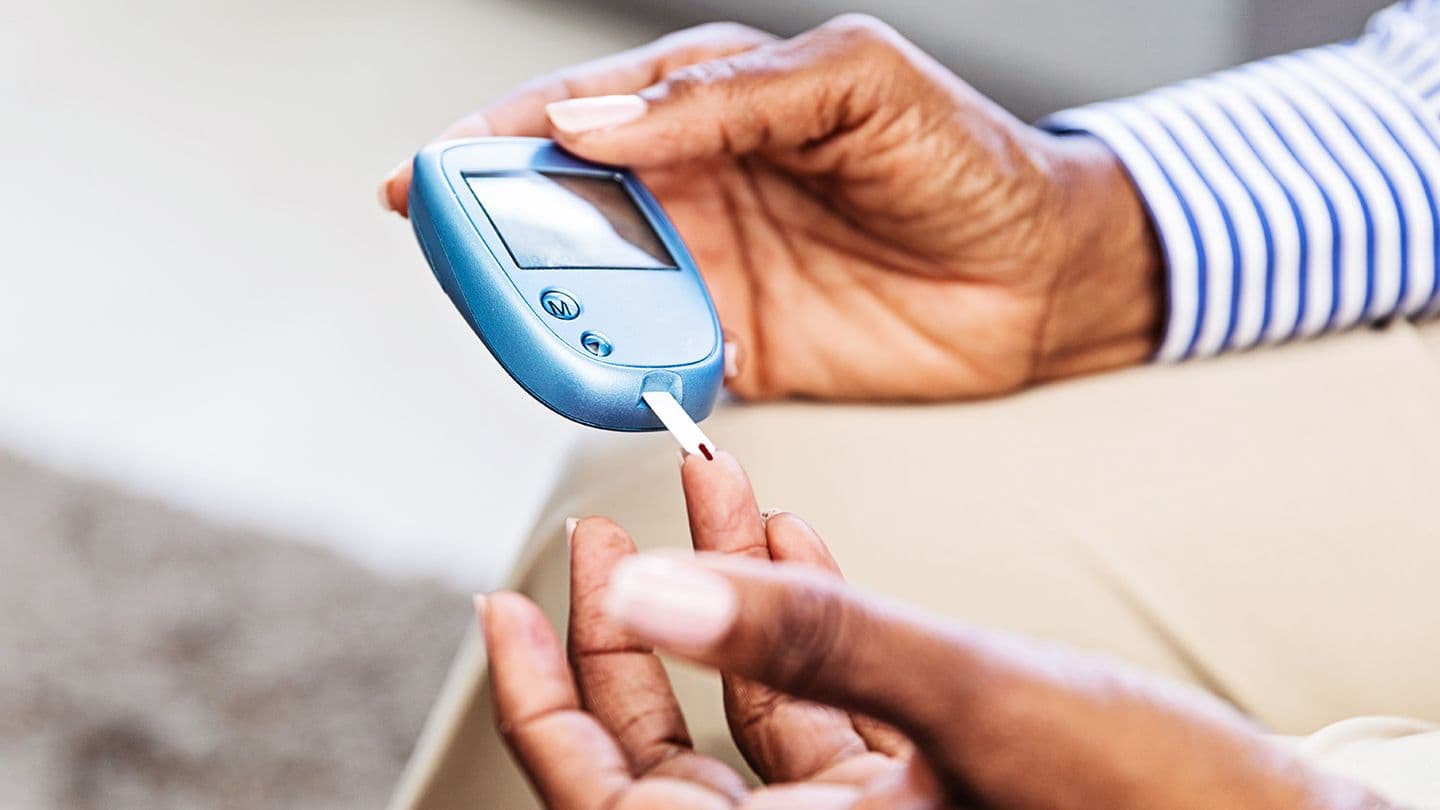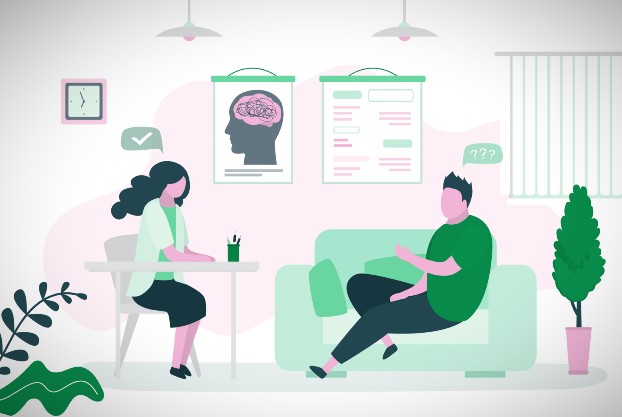
Diabetes is a chronic condition that affects how your body processes glucose (sugar) in the blood. With type 2 diabetes, your body becomes resistant to the effects of insulin or loses the ability to produce enough insulin. This results in high blood sugar levels in the body. But what reading on your blood glucose meter indicates a dangerous level? Let’s explore in detail.
Understanding Normal Blood Sugar Levels
First, it’s important to know what normal blood sugar levels are for people without diabetes. This provides a reference point to understand highs and lows.
Normal blood sugar levels are:
- Fasting (haven’t eaten in 8 hours): Less than 100 mg/dL
- Before meals: 70-130 mg/dL
- 1-2 hours after meals: Less than 180 mg/dL
These values can fluctuate slightly from person to person. Your doctor may provide target ranges tailored to your health profile.
What is Considered High Blood Sugar with Type 2 Diabetes?
With type 2 diabetes, the body cannot properly use insulin to shuttle glucose from the bloodstream into cells. This causes glucose levels to rise higher than normal after eating.
Generally, blood sugar levels above the following are considered high for someone with type 2 diabetes:
- Fasting: 130 mg/dL or higher
- Before meals: 180 mg/dL or higher
- After meals: 180-200 mg/dL or higher
The higher the blood sugar reading, the more concerning it becomes. Levels above 300-400 mg/dL are very high and require immediate attention.
Dangers of High Blood Sugar
Sustained high blood sugar causes several problems in the body over time and poses dangerous risks.
Some impacts of prolonged high blood glucose include:
- Nerve damage (neuropathy) – Excess sugar can damage the walls of the tiny blood vessels (capillaries) that nourish your nerves, especially in the legs. This can cause tingling, numbness, pain and weakness.
- Kidney damage (nephropathy) – The kidneys contain millions of tiny blood vessel clusters that filter waste from your blood. High glucose levels can clog these filters over time. Severe damage can lead to kidney failure.
- Eye damage (retinopathy) – Hyperglycemia can block blood vessels in the retina, blur vision, and lead to blindness. Diabetic retinopathy is a leading cause of blindness.
- Heart disease – Diabetes dramatically increases the risk of various cardiovascular problems, including coronary artery disease with chest pain (angina), heart attack, stroke and narrowing of arteries (atherosclerosis).
- Nerve damage in the digestive system – Excess sugar can damage the vagus nerve that controls the digestive system, causing indigestion, nausea, vomiting, diarrhea or constipation.
- Skin infections and wounds – High blood sugar reduces blood flow to the skin, making it harder to heal cuts, scrapes and wounds. Bacteria can more easily grow, causing infection risks.
- Increased infections – Hyperglycemia weakens the immune system and makes you more susceptible to numerous infections. This includes urinary tract infections, vaginal infections and candidiasis.
Clearly, chronically elevated blood sugar levels are extremely hazardous to health in multiple ways. Keeping glucose control a top priority is essential.
What Blood Sugar Level is an Emergency?
In general blood sugar levels above 300-350 mg/dL should be treated as an emergency. Without swift treatment, diabetic ketoacidosis (DKA) can develop, which is life-threatening.
Symptoms of this diabetic emergency include:
- Blood sugar over 300 mg/dL
- Frequent urination and thirst
- Constant fatigue
- Dry mouth
- Stomach pain, nausea, or vomiting
- Shortness of breath
- Fruity breath odor
With DKA, the body starts breaking down fats for fuel, forming waste products called ketones. Ketones acidify the blood, essentially poisoning the body from within.
Seek emergency care immediately if experiencing these hyperglycemia symptoms. Delaying treatment can lead to diabetic coma or death.
Tips to Prevent High Blood Sugar with Type 2 Diabetes
The best way to avoid dangerously high blood sugar levels is through proper daily management of type 2 diabetes. Here are some key tips:
- Check blood sugar – Test fasting and post-meal glucose levels to monitor trends and see the impact of diet, activity, and medication. Don’t wait for symptoms.
- Take all medications – Oral and injectable medications help lower and stabilize blood sugar. Take them as directed.
- Exercise regularly – Activity naturally helps your body better control blood sugar. Aim for 30+ minutes per day. Weight training is great.
- Reduce carbohydrates – Limiting carbs in your diet helps prevent post-meal spikes. Choose healthy fats, proteins and high-fiber carbs.
- Eat small, frequent meals – Eating 4-5 smaller meals rather than 2-3 large ones can help stabilize blood sugar. Avoid long fasts.
- Control portion sizes – Large portions, even healthy foods, can cause glucose to rise too high. Practice moderation.
- Stay hydrated – Drink water instead of sugary beverages. Dehydration raises blood sugar.
Through diligent self-care and working closely with your healthcare team, type 2 diabetes can be well-managed. Keep blood sugar within a healthy range every day to avoid emergency situations.
Frequently Asked Questions
Q: What blood sugar level requires hospitalization?
A: Blood sugar levels above 300-350 mg/dL often require hospitalization, especially if they do not quickly respond to treatment or the person has symptoms of diabetic ketoacidosis. Medical supervision and IV insulin can stabilize glucose.
Q: How high can blood sugar go before it becomes fatal?
A: Extremely high blood glucose above 600-800 mg/dL can lead to severe dehydration, swelling in the brain, diabetic coma and even death. Seeking emergency care for levels over 300 mg/dL prevents this outcome.
Q: What should you do if your blood sugar is 500?
A: A reading of 500 mg/dL is a medical emergency requiring immediate treatment. Drink water, take insulin if prescribed, and go to an emergency room or call 911. Extremely high sugar can progress to diabetic ketoacidosis.
Q: Is it OK for blood sugar to be 200 after eating?
A: For people with diabetes, blood glucose after meals should ideally be less than 180 mg/dL. Post-meal levels consistently over 200 mg/dL indicate suboptimal glucose control requiring adjustments to medication, diet or activity levels.
Q: Can stress cause high blood sugar?
A: Yes, stress hormones like cortisol can raise blood sugar levels. Managing stress through relaxation techniques, social support and adequate sleep helps keep glucose in check.
Conclusion
For people with type 2 diabetes, monitoring blood sugar levels and keeping them in a healthy target range is critical for wellbeing. Sustained hyperglycemia damages organs and poses severe risks if levels exceed 300 mg/dL. Preventing highs through proper diabetes management, nutrition and an active lifestyle can help avoid medical emergencies. Working closely with your healthcare team provides the support you need to thrive with type 2 diabetes.








